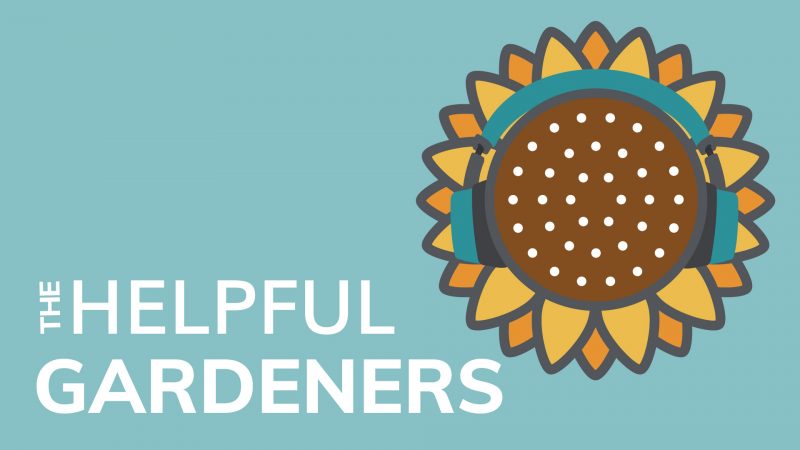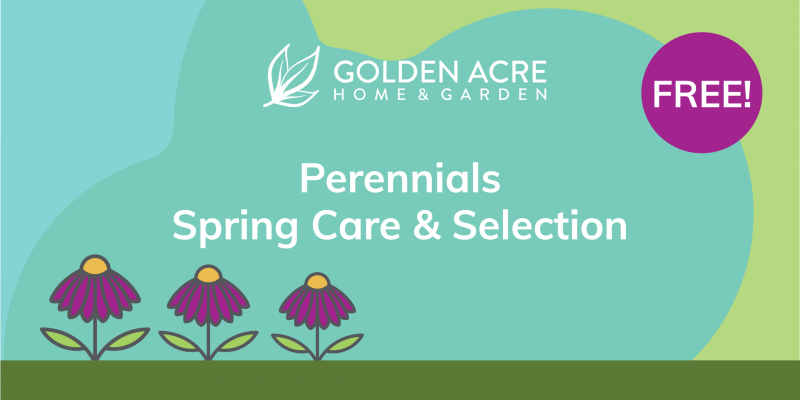If you want to enjoy bursts of colour or freshly grown veggies and herbs, look into adding annuals to your garden! Annuals are plants that complete their life cycle in one growing season. They can add beauty to any part of your yard and benefit your pollinators friends all growing season long.
A big thank you to everyone who attending our webinar today. We look forward to all the successes you’ll encounter this spring! Continue reading for a recap of todays event and for links on all of Colin’s recommendations
Annuals
Annuals live out there full life cycle in one season which is different from a perennial that comes back every year. We love annuals for their flowers. fruit, and even flavourful leaves. The annuals category is truly diverse which makes them so fun!
Types of Annuls
- Flowers | Enjoyed for their flower. Great for colour and home decor. Deadhead to maintain blooms throughout the season.
- Sun Lovers – Marigolds, sunflower, zinnia, petunia’s, etc
- Shade Lovers – Impatiens, begonia, coleus, bacopa, fuchsia, etc
- Veggies/Fruit | Enjoyed mostly for the final growing stage, the fruit! Don’t deadhead flowers as that’s where the fruit grows from.
- Sun Lovers – Tomatoes, Peppers, Cucumber, Strawberry, pumpkin, etc
- Shade Lovers – Spinach, lettuce, broccoli, potatoes, kale, kohlrabi, etc
- Herbs | Enjoyed mostly for their flavourful leaves. Harvest leaves and deadhead flowers to maintain desired taste and prevent plant from going to seed.
- Sun Lovers – Basic, thyme, oregano, lavender, sage, etc
- Shade Lovers – mint, dill, sorrel, chives, parsley, etc
Planting Annuals
You don’t want to plant annuals outdoors until the last frost in your region. In Alberta, and through much of Canada, that’s around the May Long Weekend. Keep an eye on the weather and have frost blankets handy just in case. Before planting anything, prepare the bed or planter by loosening and amending soil. We talk more about this on the “Prepping your garden for spring” episode of The Helpful Gardeners Podcast & the Prepping your Garden for Spring blog post.
- Flower Bed | Flowers | Veggies
- Amend soil 2-4″ deep. Remove the pot of your annual and plant up to the soil line. Water and fertilize afterward.
- Planters | Flowers | Veggies
- Consider how your planter will be viewed (front, corner, 360 degrees) and plant accordingly. Think of it in three levels:
- Thriller | Showstopper and tallest plant. Dracaena, geranium, begonia, dahlia, tomato, etc.
- Filler | Fills the middle of the pot. Petunia, impatiens, etc
- Spiller | meant to spill over the side of the pot. Creeping Jenny, Bacopa, Ivy, potato vine, etc.
- Use fresh potting mix or amend existing soil with lighter products like peat moss and worm castings.
- Consider how your planter will be viewed (front, corner, 360 degrees) and plant accordingly. Think of it in three levels:
- Hanging Baskets |
- Trailing annuals work great in these, but also consider some mid size annuals to fill it in. Make sure whatever you’re hanging this basket on can take the full weight after watering. Furthermore, confirm you can actually reach the basket to water and fertilize! See these watering wands – LINK
- Raised Planters |
- Consider planting flowers and veggies together, but be aware of the space you have and what a mature plant will look like to avoid crowding. As planters require more water than garden beds, mulch can help with water retention. LINK
- Starting from Seeds |
- Seeding Square | LINK
>>> Free Seed Starting Chart for Zone 3
Caring for Annuals
- Watering
- Water after planting and continue until the fall. Depending on rain, water daily during the cooler part of the day. You may need to water more on hot days, Planters, hanging baskets, and raised planters may need more water than garden beds. Plants like tomatoes and geraniums, may also need more water due to their size and required energy for for production of flowers and fruit. With that being said, assess your planters and baskets regularly because overwatering can also welcome root rot and disease.
- Fertilizing
- There are a lot of fertilizers on the market, but use what’s right for you. Start it right after planting and keep it going until the fall. Just make sure to follow the manufacture instructions and do not fertilize.
- Deadheading
- Remove finished blooms from floral plants to redirect energy toward new ones. This is a great way to extend the life of your flowers. Be careful not to remove blooms from fruits and veggies though because that’s where all the good stuff comes from. Herbs, however, consider ‘live heading’ or pinching off flowers because you get use out of the leaves. If your herbs go to flower, you could risk changing the taste of them. Live heading herbs will also encourage your plant to grow outward or more bushy!
- Crop Rotation
- Plants take up different nutrients for their growth cycle. Rotation can be beneficial to ensure even nutrition depletion and even pest control. If you have the room, try it!
Resources
More Detailed PowerPoint Presentation | GA Webinar – Annuals 2023
Seed Starting Chart (Zone 3) | Goldenacre.ca
Free Seed Starting Guide | Free Seed Starting Guide
More Gardening Tips and Fun | The Helpful Gardeners Podcast
New Episodes Sunday 8am MT
Next Webinar | Perennials – Spring Selection and Care | Apr 29, 2023



